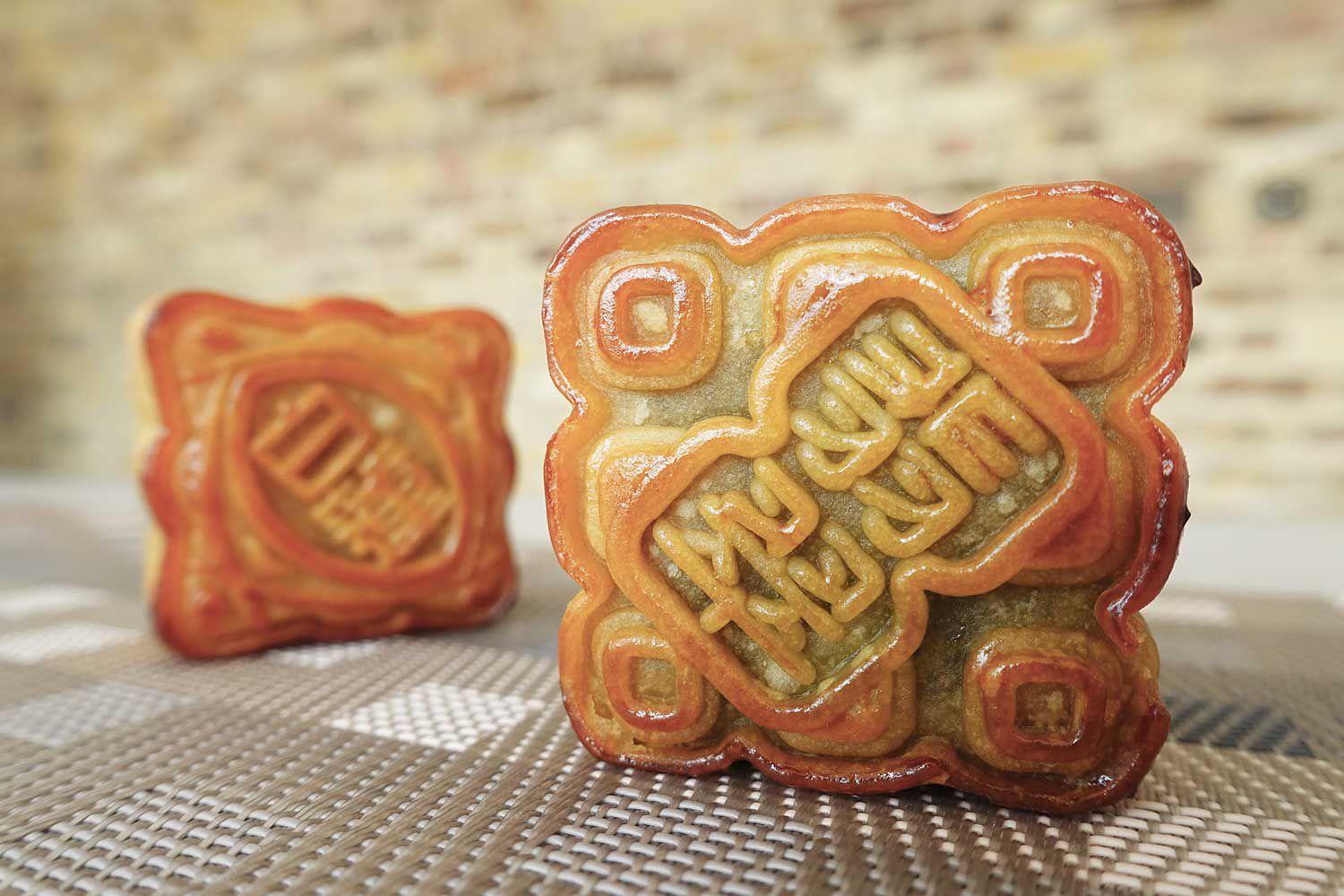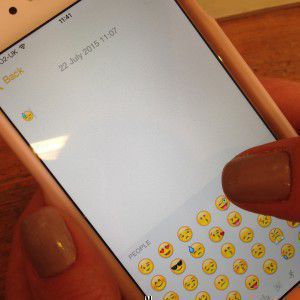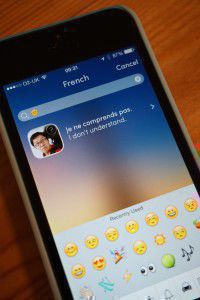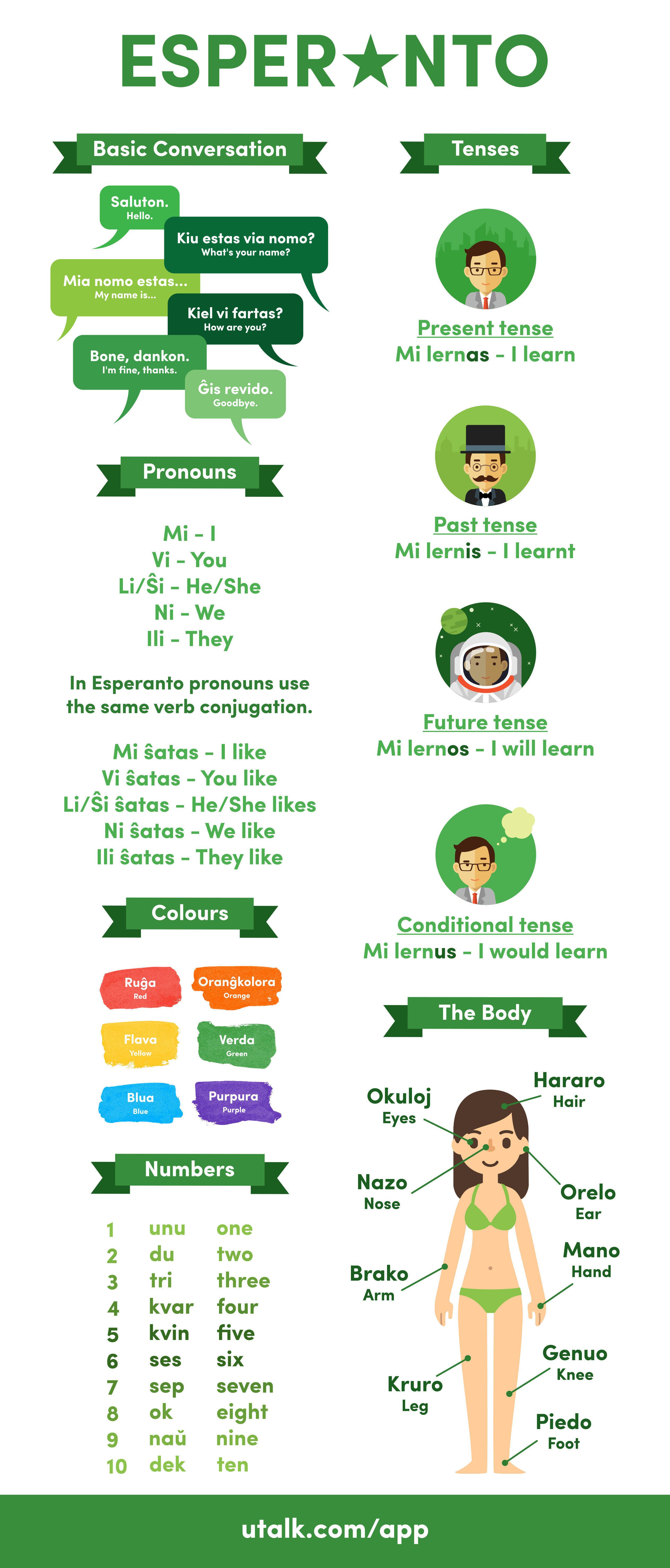EuroTalkers try… Chinese Mooncakes
Every year on the 15th day of the 8th month of the Chinese lunar calendar, millions of ethnic Chinese celebrate the Mid-Autumn Festival (中秋節, pinyin: Zhōngqiū Jié) around the world. This year it falls on 27th September, but you’ll find that festivities are held throughout the month. It is thought to originate from ancient times when people would worship the Mountain Gods after the harvest was complete.

Today, the festival is celebrated not only to honour the moon and the rewards of the harvest, but to gather with friends and family in a celebration of unity and harmony. One of the traditions (and for me the most exciting part of the festival) includes the making and sharing of mooncakes (月餅, pinyin: yuè bĭng). I absolutely loved eating mooncakes growing up and couldn’t believe how many types and flavours you can get now on my recent trip back to Singapore & Malaysia.

These little beauties are a type of pastry commonly filled with lotus bean paste (蓮蓉, pinyin: lían róng). You’ll also often find ones that contain a salted egg yolk which represents the full moon.
It’s not really a flavour/texture that I’ve found anywhere in Western food culture, so I decided that I would ‘subject’ my colleagues to a bit of a mooncake tasting session. With 4 flavours to choose from namely green tea, pandan, red lotus and white lotus, who would be able to resist these sweet delights? I definitely wasn’t secretly hoping that no one would like them… just so there would be more left for me! Check out the video below to see their reactions!
Are you a mooncake fan or a mooncake newbie? Either way we wish you a very happy and mooncake filled Mid-Autumn Festival! 中秋快乐! Zhōngqiū kuàilè!
Safia

How do you say Llanfairpwll…?
Everyone was blown away the other day when Liam Dutton managed to effortlessly pronounce the longest ever Welsh place name on live TV: Llanfairpwllgwyngyllgogerychwyrndrobwllllantysiliogogogoch.
Anything he can do…
I don’t know about you, but here at the EuroTalk office we enjoy a healthy challenge, and this looked like just the sort of thing to get our teeth into! For all those of you who’ve seen our video… Okay, maybe it didn’t go exactly according to plan, and didn’t sound entirely as fluent as Liam Dutton’s version, not to mention that our varying collections of vaguely Welsh-sounding syllables probably didn’t mean anything at all in Welsh, let alone bore a resemblance to the actual meaning of the word, which is (take a breath): ‘Saint Mary’s Church in the hollow of the white hazel near a rapid whirlpool and the Church of St. Tysilio of the red cave’.
Still, practice makes perfect, and this was just our first time. If anyone would like to try to do it better than us (which is probably not too much to ask), why not enter out competition to win a FREE Premium Welsh uTalk app. We’ll be picking the winner based on the creativity of the video, and your attempt to pronounce the word. To enter, tweet us @EuroTalk, post it on our Facebook page or email it to challenge@eurotalk.com by Friday 25th September.
So how should we have pronounced it?
To make it slightly easier, here’s a few pointers we used as to how to pronounce it:
1. It helps to break the word down into bite-sized chunks: Llan – fair – pwll – gwyn – gyll – go – ger – ych – wyrn – drob – wll – llan – ty – silio – go – go – goch
2. Some of the letters have different pronunciation in Welsh to how you would say them in English. For example:
- the ‘f’ in ‘fair’ is pronounced more like a ‘v’, to make ‘vire’
- the ‘y’ in ‘gwyn’ i pronounced more like an ‘i’, to make ‘gwin’
- the ‘w’ in ‘pwll’ is more of an ‘oo’, to make ‘pooll’ AND
- the ‘ll’ in ‘pwll’ is more of an aspirated l (keep the tip of your tongue on the roof of your mouth as you say ‘l’, then blow the air over the top and sides of your tongue)
- the ‘ch’ in ‘goch’ is the same as in the Scottish ‘loch’
Taking that all into account, you end up with something which to English speakers looks a bit more like this:
Chlan- vire- puchl- gwin- guchl- go- ger- uch- wirn- drob- uchl- chlan- ti- silio- go- go -goch
So now that you know it, why not have a go at recording it yourself?
Nat
Emoji: The New Universal Language?
👋👇👌 – Hi, are you okay?
👍☺️ – I’m good thanks!
👏 – yay!
Or something like that.
Welcome to the wonderful language that is emojis 😁
And before you express concern that we are confused about what is a language and what is not, hey. Your entire screen staring back up at you currently is composed of a series of ones and zeros, manipulated into the glorious thing you see before you and that, the ones and zeros, is a language all in itself. Binary code. If you’re interested.
Emojis are much, much prettier to look at than a bunch of ones and zeros though, aren’t they?
😖?
Yes, we know. Emojis can be confounding to us too. But a language is a language, and language learning is good for our cognitive reasoning 😇
So let us give you a little introduction into the wonderful world of emojis, see if we can entice you in or relieve you of your confusion. Here are some reasons why we vote emojis as our new favourite international language.
✒️📚🕐 study time!
- So firstly, you may have heard of emoticons. Emoticons are not emojis, repeat, they are not emojis ‼️ Emoticons are ‘pictures’ composed of the keyboard symbols we already have, such as :), :(, and :D. Even our mothers know how to use them.
- Emojis originate from Japan and are, like Japanese characters themselves, pictographs. The word itself means ‘picture’ – e and ‘character’ – moji. Another argument in favour of emojis being a language, don’t you think?
- Emojis actually have specific, individual meanings but in the way that colloquial language changes and adapts, they can mean different things to different people. For example, 😋 ’officially’ means face savouring delicious food, but whenever we use this in our Whatsapp messages, it generally means we are being exceptionally cheeky. Tongue sort-of in cheek, see?
- Emojis are a beautiful, universal thing, allowing people to communicate when normal language barriers would apply. And there’s no grammar! Truly, this is a joyous thing.
- Emojis are also doing their bit for diversity. The latest versions of iOS offer emoji with different skin tones:
- and the generic ‘one size fits all’ ones…
- …and those for people of the LBGT community, 👭👬🌈❤️. But none for redheads apparently. There’s a campaign on Change for that at the moment.
- Emojis are multi-platform. You can use them, in various versions on all devices, and everyone is in on the act. Even National Rail Enquiries, who, on World Emoji Day last Friday, invited Twitter followers to guess station names using a series of emojis.
It’s #WorldEmojiDay ! (Yes, it exists…) See if you can solve our quiz For help: http://t.co/wkstHtiOKE pic.twitter.com/gQGnKy4X5C
— National Rail (@nationalrailenq) July 17, 2015
- Emojis can shorten your messages and bring a smile to a recipient’s face: even if it’s just because they’re trying to understand what you mean:
🎄👜🙏?
Please come Christmas shopping with me?
✈️🎫😘
Enjoy your holiday in Cyprus!
😈🍹💻🕔?
Join me for a cheeky drink after work?
- Some businesses will even let you order dinner via Twitter: 🍕
We could go on. But we’d probably get silly.
So the next time someone shows disdain for your messages full of emojis, you are well within your rights to reply with a 😝 that says hey, I’m learning a new language here!
Are you for or against emoji? Tell us what you think!
Kelly
Language of the Week: Emoji
You may have seen on the uTalk app that you can now search for words in any of our languages by using emoji. With emoji becoming the fastest growing language in Britain, we have decided to make it our language of the week!
 If you’re anything like me, the most frequent way you choose to stay in touch with friends and family is by text messaging. If I think about it, I don’t even know what my ringtone sounds like, and I only answer my phone if I’m expecting an important call, otherwise, everyone that knows me just sends a text.
If you’re anything like me, the most frequent way you choose to stay in touch with friends and family is by text messaging. If I think about it, I don’t even know what my ringtone sounds like, and I only answer my phone if I’m expecting an important call, otherwise, everyone that knows me just sends a text.
Furthermore, I overheard this conversation the other day:
‘So he called me in the middle of the day and I thought, omg, what a freak, why can’t he just text me?‘
Okay, I was part of the conversation, but anyway you get the idea.
Nevertheless, sometimes it can be quite challenging to express your exact feelings or tone in a text, and so you risk being misunderstood by the recipient or worse – come off as too serious when you’re actually joking. So at some point in the past, the techies have come up with this brilliant way to make our text conversations more fun and emotive: emojis!
Now, some of you may not know what they are and that’s okay – my boss didn’t know either, until a couple of days ago when our app was updated with this brilliant way of searching for words by using emoji. I admit – I love emoji! They’re cute and funny and a great way to interact with your friends without using actual words.
Did you know?
- The word emoji comes from Japan, with the ‘e’ meaning picture and ‘moji’ meaning character or letter.
- There are more than 6 billion emoji sent worldwide everyday, with more than half of these being smiley faces.
- Some emoji are confusing…
- Herman Melville’s 1851 novel Moby Dick has been translated into emoji; the book was released with the title Emoji Dick.
- Many celebrities love emoji, with Roger Federer recently tweeting his whole day in emoji during Wimbledon. And in April, Andy Murray tweeted his wedding day in emoji:
🌞☔😂👔💅💇😂👰😂🚗💒💃👫🙏💍💏👏📝🎹📷🎥🚗🍷🍴🎂🎊🎉👯🎶🎤🍹🍻🍷🍺🍩🍦🍷🍹🍸🍺🌙❤💕😘💤💤💤💤💤💤💤
— Andy Murray (@andy_murray) April 11, 2015
- Even Australia’s Foreign Affairs minster, Julie Bishop gave the first ever political emoji interview on Buzzfeed.
So go ahead and see which ones have been matched with which uTalk words by our brilliant developers! Which is your favourite emoji? We love to hear from you, so please do join in the conversation here on the blog, or on Facebook or Twitter.
Ioana and Alex
A beginner’s guide to Esperanto
We hope you’ve enjoyed our Esperanto week! If we’ve convinced you to give the language a try, you might find this handy beginner’s guide a good place to start… Please feel free to share it with anyone you think might be interested.
And for more information about Esperanto, visit edukado.net, a site run by linguist Katalin Kováts, who worked with us on the translation and recording of uTalk Esperanto.
Following a request, this guide is now also available in Spanish.
Embed This Image On Your Site (copy code below):



